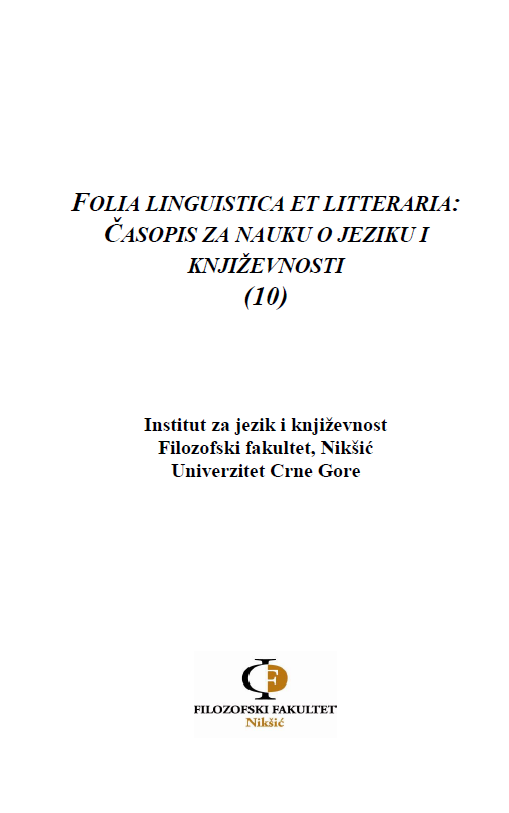PRESENCE OF CULTURALLY MARKED LEXIS AND ITS ROLE IN TRANSLATED TEXT – EXAMPLES FROM A SERBIAN TRANSLATION OF SHAKESPEARE’S HAMLET
PRESENCE OF CULTURALLY MARKED LEXIS AND ITS ROLE IN TRANSLATED TEXT – EXAMPLES FROM A SERBIAN TRANSLATION OF SHAKESPEARE’S HAMLET
Author(s): Jelena Simunović PolugaSubject(s): Lexis, Translation Studies, Theory of Literature, British Literature
Published by: Filološki fakultet, Nikšić
Keywords: language; culture; culturally marked lexis; translation;
Summary/Abstract: Nowadays there is a tendency for translation to be generic and internationalized even though it is much more adapted to the audience when it comes to literary translation. This paper attempts to illustrate, analyze and stress the importance of culture-specific terms which are possibly cultural substitutes for Shakespeare's unique phrases. Looking back at the Serbian translation of the Complete Works of Shakespeare from 1978 and more specifically The Tragedy of Hamlet, the use of culturally marked words is quite frequent making this translation reflect the socio-cultural specifics of the Serbian language. Therefore, when Shakespeare is using language only known to the people of his time, the translation reflects the language, that is the expressions, idioms and metaphors, which are specific to the Serbian language. Having in mind current trends regarding translation of bestsellers and similar literature it is hard to recognize such a unique equivalent style and effect as is witnessed in the comparative analysis of the English to Serbian translation of Hamlet. The examples from the research show a different approach that contrasts with the need to treat the translated text without paying attention to its target language social realities.
Journal: Folia Linguistica et Litteraria
- Issue Year: 2015
- Issue No: 10
- Page Range: 49-57
- Page Count: 9
- Language: English

